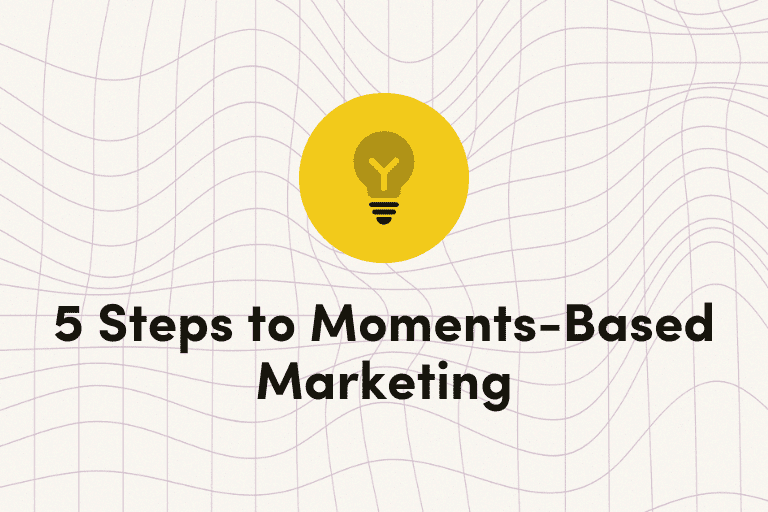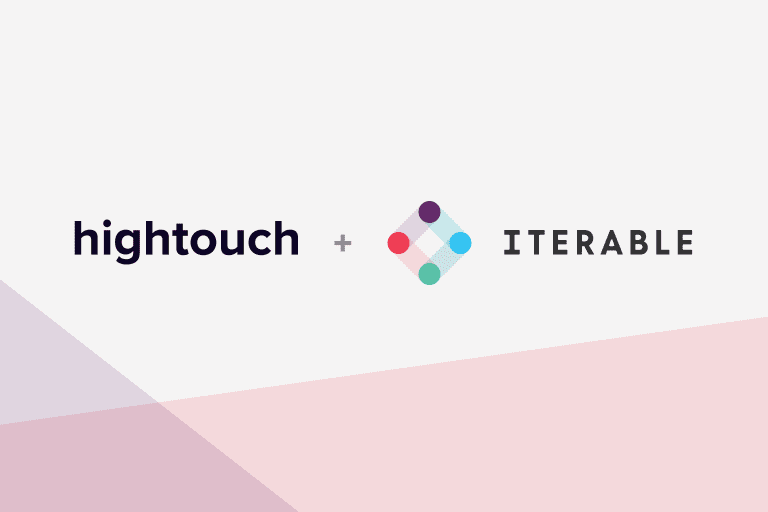Your data warehouse is your source of truth for customer data. Hightouch syncs this data to the tools that your business teams rely on, via SQL.
Read on to learn more about how Hightouch and Iterable simplify data warehousing to give your team the right insights to take action quickly.
Modern businesses understand the importance of adopting best-of-breed solutions, which is resulting in a shift away from all-in-one tools that do a bit of everything well but aren’t really great at any one thing.
On the other hand, as consumers of software tools become savvier and more demanding in the end-user era, tools that are laser-focused on solving one problem and doing it really well are emerging as winners. While this enables different teams to adopt best-in-class solutions to cater to their growing needs, it also creates more data silos—a growing pain for organizations big and small.
Since data is now scattered across a plethora of tools, consolidating it in a structured manner has become the need of the hour. This has led organizations to quickly adopt cloud data warehousing solutions, such as Snowflake, Google BigQuery, and AWS Redshift. This guide by our friends from Fivetran offers an in-depth look at the key benefits fueling the growth of the data warehouse—below is a gist.
3 Reasons Behind the Rapid Adoption of the Cloud Data Warehouse
The biggest benefits of adopting a cloud data warehouse are speed and affordability. The modern architecture of cloud data warehouses separates compute from storage, enabling faster querying and analysis at a significantly lower cost when compared to legacy data warehouses.
But that’s not all, implementing a data warehouse and doing it well results in these three other benefits, each of which can has a significant impact on every function in an organization.
1. Data Consolidation
We talked about data silos that have become commonplace as companies embrace the cloud and adopt best-in-class products to solve various business problems. At the very minimum, a modern organization uses a marketing automation tool, a sales outreach tool, a CRM, and a support system. Add to that the plethora of tools product teams use to understand user behavior, gather feedback and derive insights.
Even though many of these tools might be integrated with each other via point-to-point integration systems, being able to consolidate and enrich data from these disparate systems into a data warehouse enables teams to get a holistic view of every customer interaction at every touchpoint across the various stages of the customer journey.
2. Data Quality
Once data lands in a warehouse, it is typically transformed and cleaned (or wrangled or prepared) for analysis via a business intelligence tool. While this can happen directly in the warehouse using SQL, tools like dbt and Trifacta give data analysts and business users more flexibility and control over their transformation workflows.
Business intelligence tools like Looker or Mode sit on top of a data warehouse and are used to build reports and dashboards for organization-wide consumption. But at the same time, product teams usually opt for product analytics tools like Mixpanel or Amplitude to understand user behavior based on event data.
Using the data warehouse as the source of data for both analytics systems, namely business intelligence and product analytics, ensures that data is consistent no matter where it is consumed. Reverse ETL tools like Hightouch make this possible by allowing you to sync data from a data warehouse to product analytics tools, as well as sales and marketing tools, including Iterable.
Before we delve deeper into how this impacts marketing, let’s look at one other massive benefit of data warehousing.
3. Data Democracy
Data democracy is all the rage, and it’s likely that you or your company also dream about a day when data will truly be democratized and that everybody in the organization will be able to ask questions of the data and get answers without waiting for weeks.
The reality is that this is already happening at forward-looking, data-savvy companies like Airbnb. A data warehouse is the foundation on which a data democracy is built because everybody who has access to the warehouse has access to all the data they need to work with.
Moreover, the data warehouse becomes the source of truth of a company’s customer data, allowing for better analysis and action. Lastly, the data in a warehouse is all yours: You own it and can mend it, bend it, and send it wherever you like.
How the Data Warehouse Impacts Marketing
When the data warehouse becomes the source for the data flowing into marketing platforms like Iterable, marketers suddenly can do so much more, so much faster.
As a marketer, you no longer need to worry about data consistency because data is no longer flowing in from multiple sources, each with its own whims and fancies. You can finally channel all your energy into building world-class engagement campaigns while resting assured that your campaigns won’t break because someone in the engineering team decided to rename an event or change the data type of a user property.
Moreover, since it is a standard practice to store all customer data in the warehouse, you won’t have to nag your data or engineering team to instrument a new event so that you can finally activate that campaign that relies on that one additional event property.
Now, you might be wondering if it’s really so easy to sync data from the warehouse to marketing tools like Iterable.
Well, it is now with Reverse ETL tools like Hightouch.
Typically, your data or engineering team would have to write cumbersome scripts to make data flow smoothly from the warehouse into SaaS tools like Iterable. But Hightouch enables them to do this using only SQL which data people love and use all day. In fact, SQL is now a prerequisite for anybody looking to get a job in data.
Let’s look at how brands use Hightouch in conjunction with Iterable.
Hightouch + Iterable Turns a Marketer’s Dreams Into Reality
Hightouch provides an interface to extract data from a warehouse using SQL and then sync the extracted custom fields, objects and lists to SaaS tools used for sales, marketing and analytics.
If you’re a marketer, using Hightouch and Iterable together, you’d be able to:
- Automatically create users in Iterable and programmatically sync user properties to ensure that all relevant contacts and associated data are available on Iterable
- Keep your campaigns relevant by combining product data with data from your support system to ensure that you’re reaching out to users at the right time
- Freely request changes to contact data in the data warehouse as Hightouch automatically syncs the changes back to Iterable
We at Hightouch continuously strive to empower our customers to build more robust and complex workflows with ease and this new partnership with Iterable is a big step in that direction.
Check out our support article for more information on how to leverage the Hightouch integration and if you’d like to learn more about Iterable and how we power category-leading customer engagement campaigns, sign up for a demo today.
































